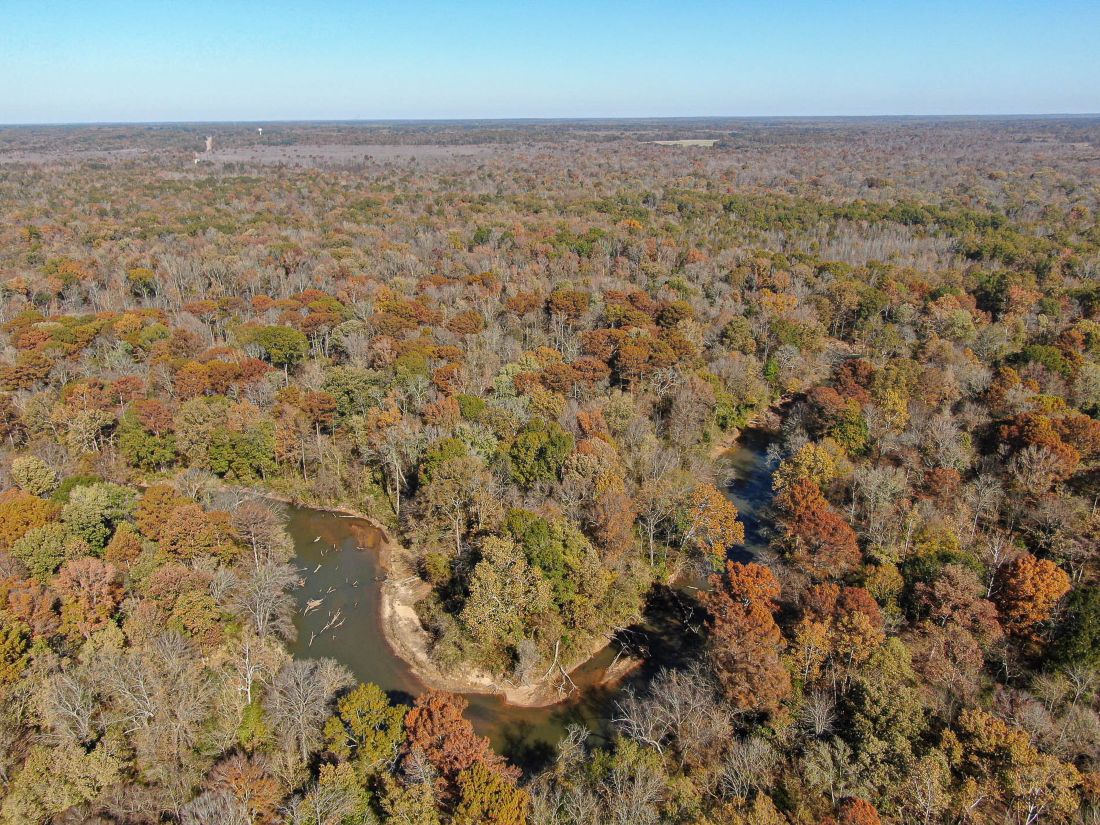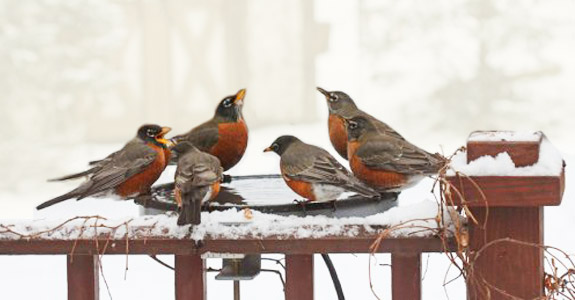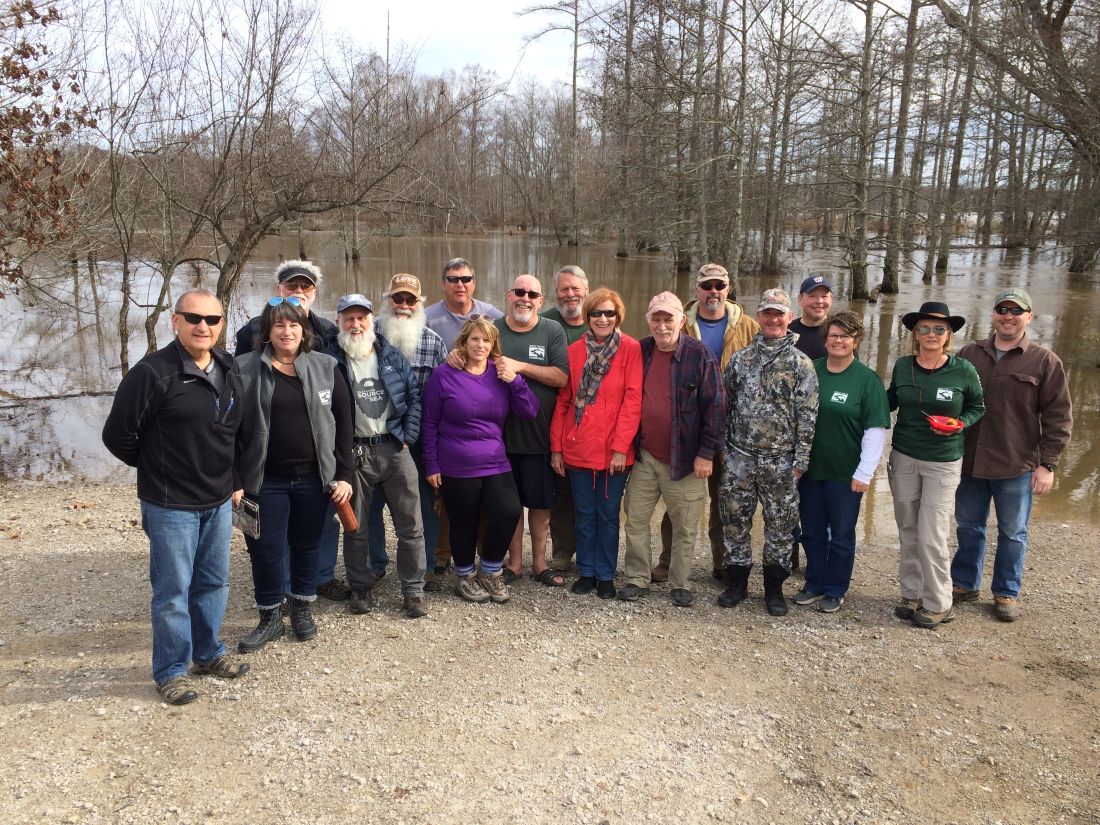Natural Highlights: Winter Wren


In contrast to their subdued brown coloration, Winter Wrens are undeniably cute and dynamic, tiny balls of energy with short tails and stubby wings. They are always in motion, inspecting every cranny and crevice, and when they do pause to perch, they often seem to be practicing knee bends, bobbing up and down to keep an eye out for threats. The Winter Wren is smaller than our resident Carolina Wren and its eyestripe is much paler. It’s even smaller than the House Wren which it closely resembles, though it is less likely to be seen near houses. It prefers old growth forest habitat where it forages near the ground for many kinds of invertebrates, but it can be found in other types of habitats as well, especially dense brush and thickets.
Though Winter Wrens are common year-round in the Smoky Mountains of East Tennessee, they only overwinter in the rest of the state. Nesting season finds most of them way up north among the conifers of the Great Lakes region and Canada. They are happy to come south for the winter to take advantage of mild temperatures and the abundance of food offered by our deciduous forests and wetlands. The Winter Wren’s cryptic coloration and its constant activity make it well-adapted to life close to the forest floor. Look for this little bird near the ground along the wetland trail at Kennedy Park and other locations along the Wolf River Greenway.
To learn more about the Winter Wren, please visit these links:
Natural Highlights: Winter Wren In contrast to their subdued brown coloration, Winter Wrens are undeniably cute and dynamic, tiny balls of energy with short tails and stubby wings.









